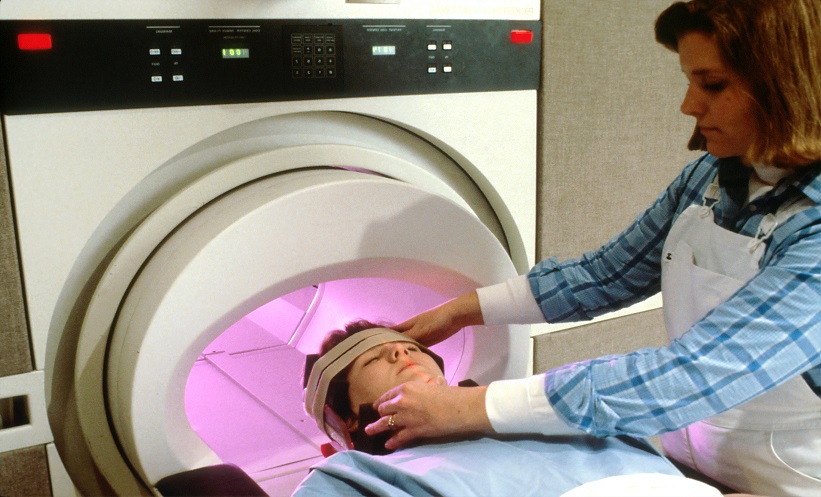INFLAMMATION plays a crucial role in the outcome of various medical conditions, including cardiovascular diseases, chronic neurological conditions, and autoimmune disorders, especially rheumatoid arthritis and associated issues. Although imaging techniques have traditionally played only a minor role in the management of inflammation, these modalities have the potential to provide important insights into the spatiotemporal profile and grade of inflammation, which could be of diagnostic and therapeutic value. For this reason, academics at the Turku PET Centre, University of Turku, Finland, developed a novel PET tracer that facilitates early detection of inflammatory foci.
Six healthy volunteers underwent dynamic whole-body PET/CT in order to evaluate the safety and biodistribution characteristics of the 68Ga-DOTA-Siglec-9 PET tracer. Additionally, one patient with early rheumatoid arthritis was studied with both 68Ga-DOTA-Siglec-9 and 18F-FDG to determine the ability of the new tracer to detect arthritis.
Venous blood samples were collected from 1 to 240 minutes after intravenous injection of approximately 162 megabecquerel of the tracer. Plasma samples were then analysed using high-performance liquid chromatography and γ-counting, which revealed that 68Ga-DOTA-Siglec-9 was rapidly cleared from blood circulation and also displayed a relatively low radiation burden. Crucially, PET imaging with the new radiopharmaceutical clearly delineated arthritic joints and was comparable to 18F-FDG.
Anne Roivainen, Professor of Preclinical Imaging and Drug Research, Turku PET Centre, highlighted the relevance of the research findings: “We have proven that the characteristics of 68Ga-DOTA-Siglec-9 are favourable for use in patient imaging studies.” Going forward, Roivainen noted: “Future studies will clarify whether 68Ga-DOTA-Siglec-9 PET imaging has the potential to detect other inflammatory diseases early. It could also help to evaluate the effectiveness of treatments and promptly identify patients who are unlikely respond to therapy.”
The researchers concluded that intravenously injected 68Ga-DOTA-Siglec-9 was safe, rapidly cleared, and exhibited a radiation burden similar to other 68Ga-peptides. Therefore, PET imaging with this novel tracer could feasibly be performed in the same subject multiple times each year. This degree of repeatability would be advantageous in clinical trials aiming to elucidate the treatment efficacy of novel drug regimens.








